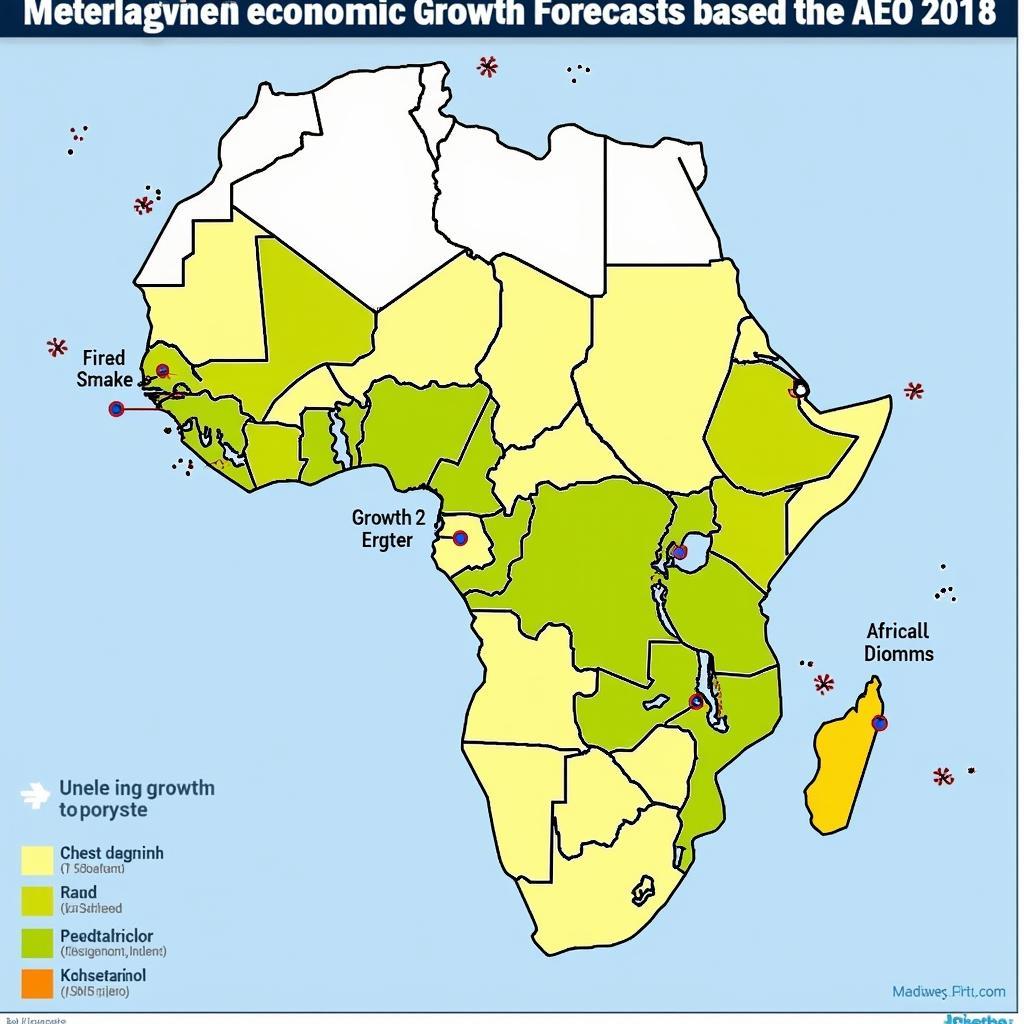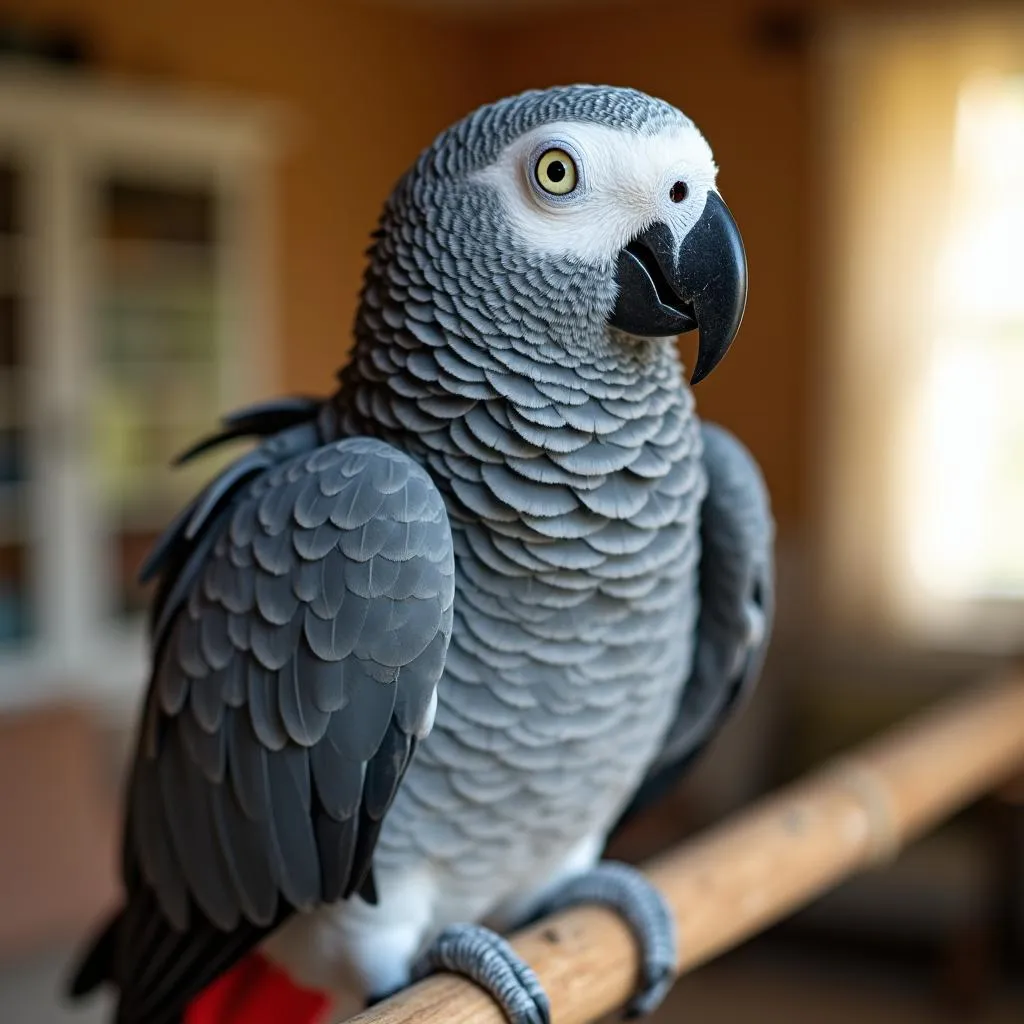African Elephant Kingdom Classification: Unveiling the Giants’ Realm
The African Elephant Kingdom Classification is a fascinating topic that unveils the intricate world of these majestic creatures. Often referred to as “gentle giants,” African elephants are not just impressive in size, but also in their complex social structures and intelligence. Understanding their classification helps us grasp their evolutionary journey, ecological roles, and the urgent need for their conservation.
Delving into the Taxonomy: Where do African Elephants Fit In?
Scientific classification, also known as taxonomy, helps us organize and understand the diversity of life on Earth. Here’s how the African elephant is classified:
- Kingdom: Animalia (Animals)
- Phylum: Chordata (Vertebrates)
- Class: Mammalia (Mammals)
- Order: Proboscidea (Trunked Mammals)
- Family: Elephantidae
- Genus: Loxodonta
Now, here’s where it gets interesting. Until recently, all African elephants were believed to belong to a single species, Loxodonta africana. However, genetic research has revolutionized our understanding, revealing two distinct species:
- African Bush Elephant (Loxodonta africana): The larger of the two, with wider ears and typically found in savanna and grassland habitats.
- African Forest Elephant (Loxodonta cyclotis): Smaller in stature, with straighter tusks and a preference for dense rainforest habitats.
This reclassification highlights the incredible biodiversity within Africa and underscores the importance of continued research and conservation efforts.
 African Elephant Species Comparison
African Elephant Species Comparison
A Deeper Look: Distinguishing Features and Habitat Preferences
Understanding the key differences between African bush elephants and African forest elephants is crucial for appreciating their unique ecological roles.
African Bush Elephants: The Savanna Giants
- Size: Males can reach up to 4 meters (13 feet) tall at the shoulder and weigh up to 6,000 kg (13,200 lbs).
- Ears: Large, fan-shaped ears that help them regulate body temperature in hot savannas.
- Tusks: Both males and females have large, curved tusks.
- Habitat: Open grasslands, savannas, and woodlands across sub-Saharan Africa.
- Diet: Primarily grazers, feeding on grasses, leaves, and fruits.
African Forest Elephants: Guardians of the Rainforest
- Size: Smaller than bush elephants, reaching up to 2.7 meters (9 feet) tall and weighing up to 2,700 kg (5,950 lbs).
- Ears: Smaller, rounder ears compared to bush elephants.
- Tusks: Straighter and thinner tusks, often pointing downwards.
- Habitat: Dense rainforests of Central and West Africa.
- Diet: Browsers, consuming leaves, fruits, bark, and minerals from salt licks.
 African Elephant Habitat Differences
African Elephant Habitat Differences
“Recognizing the distinct classifications of African elephants allows us to implement more targeted conservation strategies,” notes Dr. Abena Osei, a leading elephant researcher at the University of Ghana. “Their roles within their respective ecosystems are crucial for maintaining biodiversity.”
Threats and Conservation: Protecting the Kingdoms
Both African elephant species are facing numerous threats that have led to a decline in their populations:
- Habitat Loss and Fragmentation: Due to human population growth, agriculture, and infrastructure development.
- Poaching: Driven by the illegal ivory trade, which continues to threaten elephant populations despite international bans.
- Human-Elephant Conflict: As elephant ranges overlap with human settlements, conflicts over resources like water and land arise.
Protecting these magnificent creatures requires a multifaceted approach:
- Strengthening Anti-Poaching Efforts: Through increased law enforcement, community engagement, and addressing the root causes of poaching.
- Habitat Protection and Restoration: Establishing protected areas, creating wildlife corridors, and promoting sustainable land-use practices.
- Addressing Human-Elephant Conflict: Implementing mitigation strategies like electric fencing, early warning systems, and promoting coexistence strategies.
Looking Ahead: Ensuring the Future of the African Elephant Kingdom
Understanding the African elephant kingdom classification is not just an academic exercise—it’s a call to action. By appreciating their unique characteristics, ecological roles, and the threats they face, we can all contribute to ensuring the survival of these iconic species for generations to come.
FAQs About African Elephant Classification
1. Are Asian elephants and African elephants the same species?
No, while both belong to the Elephantidae family, they are distinct species. Asian elephants belong to the genus Elephas, while African elephants belong to the genus Loxodonta.
2. How can I help protect African elephants?
You can support organizations working in elephant conservation, raise awareness about their plight, and advocate for responsible tourism practices.
3. Do all African elephants have tusks?
Not all African elephants have visible tusks. Some populations have a higher proportion of tuskless elephants due to poaching pressure, as tusklessness is a genetic trait.
4. What is being done to address the ivory trade?
Many countries have implemented bans on the ivory trade, and international efforts are ongoing to reduce demand and disrupt trafficking networks.
5. Can African elephants survive outside of protected areas?
It’s increasingly challenging for African elephants to thrive outside protected areas due to habitat loss and human-wildlife conflict.
Are you curious to learn more about African animals? Dive into the fascinating world of African animal names in French and expand your linguistic knowledge!
Want to understand more about elephant taxonomy? Discover the broader category encompassing these magnificent creatures in our article on African elephant under which category.
 African Elephant Family Group
African Elephant Family Group
Explore the unique connection between the African elephant’s appearance and its homeland in our captivating piece on how African elephant ears look like Africa. It’s a fascinating journey into the marvels of nature’s design!
Interested in exploring more about African wildlife, culture, or captivating stories from the continent?
Contact us:
- Phone: +255768904061
- Email: kaka.mag@gmail.com
- Address: Mbarali DC Mawindi, Kangaga, Tanzania
Our dedicated team is available 24/7 to assist you!

